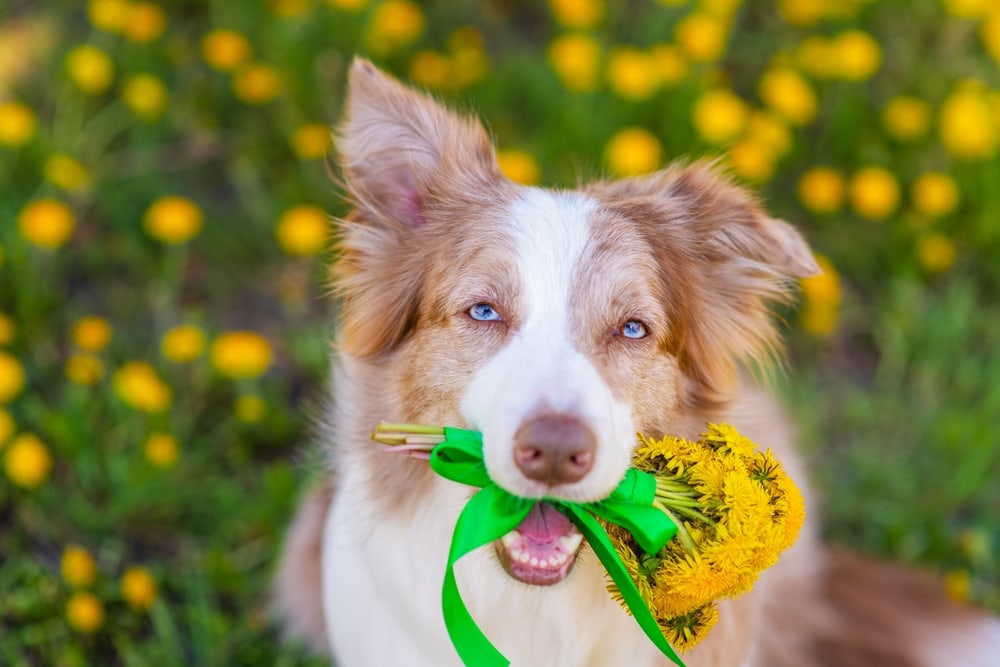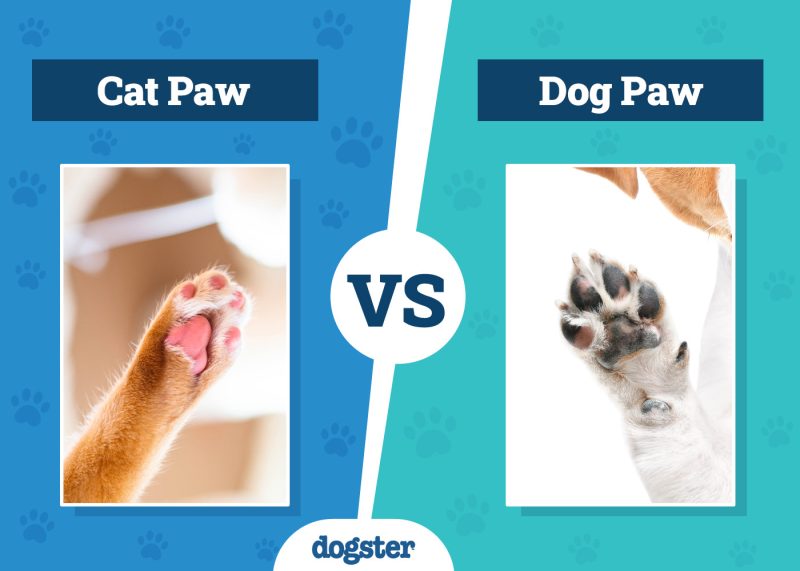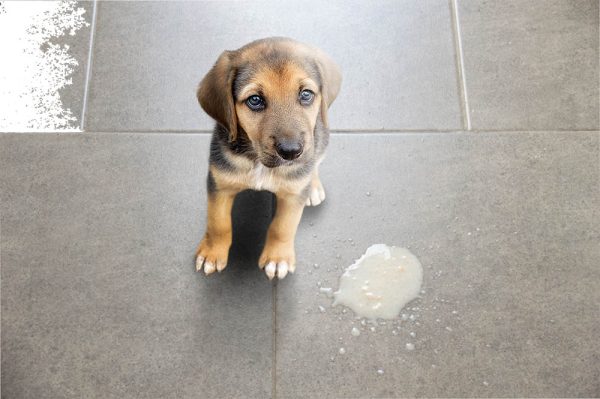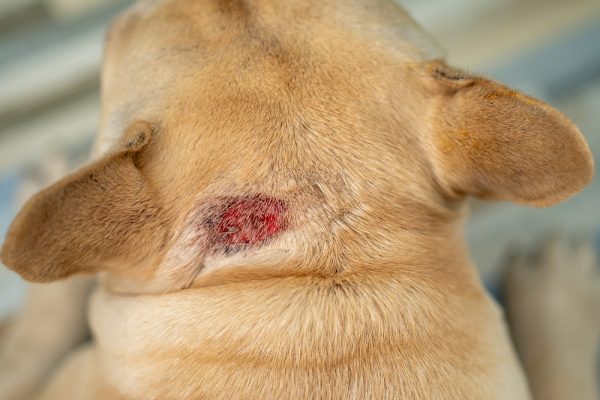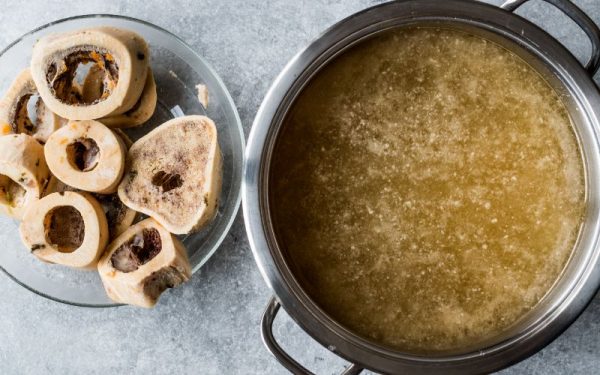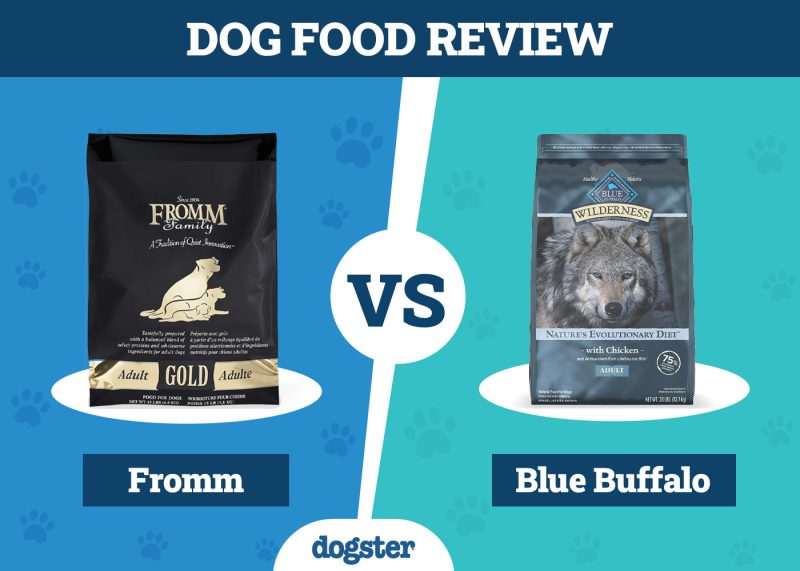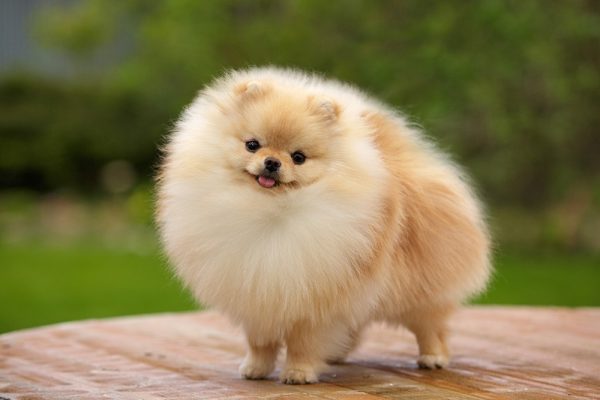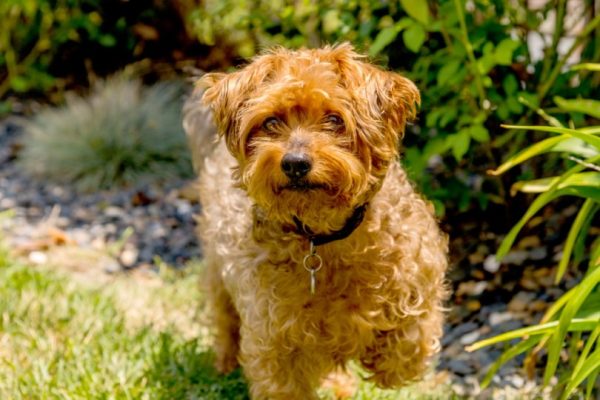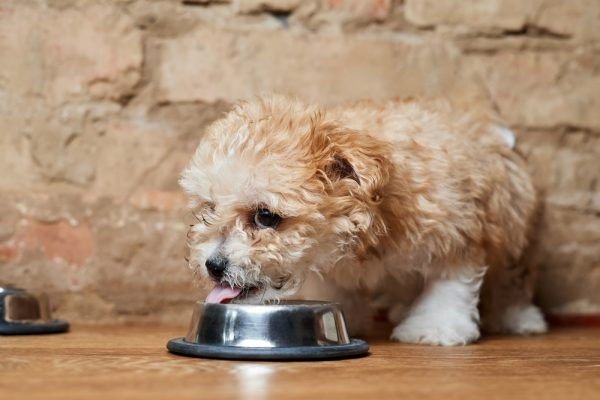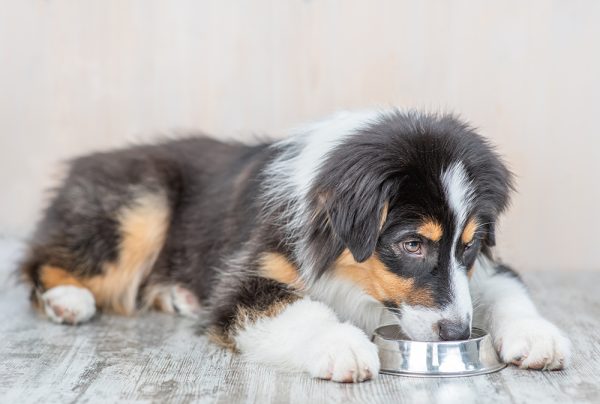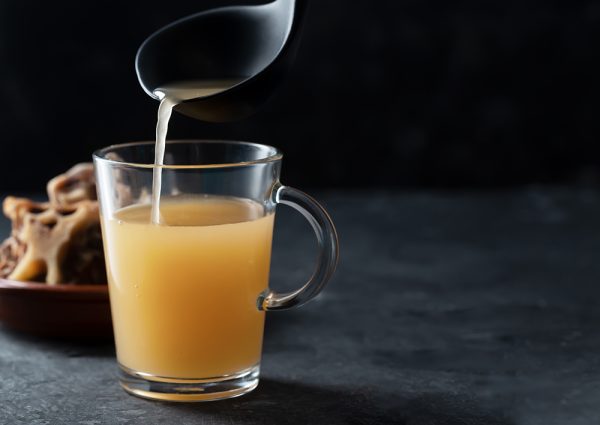In this article
View 5 More +Australian Shepherds have gained in popularity in recent years due to their exuberance and loving temperament. These beautiful dogs are all medium-sized with semi-long, wavy coats that come in many different colors. When you think of an Aussie, you probably picture a striking merle coat, but do they come in other colors, like yellow? Australian Shepherds have four recognized colors and several unrecognized ones, including yellow.
Here, we look at what makes an Aussie yellow and the other colors that you can find them in.

A Little About the History of the Australian Shepherd
Australian Shepherds likely had their beginnings as sheepherding dogs in the Basque region of Spain. The Basque shepherds used the Pyrenean Shepherd for herding, which was the ancestor of the Aussie.
The shepherds took their dogs to Australia, where their dogs were bred with Border Collies and Collies. The Basques then traveled to California, where their dogs became quite favored by cowboys and ranchers for their herding abilities. They also became popular attractions at rodeos.
However, Californians believed that these dogs were Australian, which is where the Aussie got their name. Australian Shepherds were further bred and refined until they became the dog that we see today, so they are essentially American Shepherds.
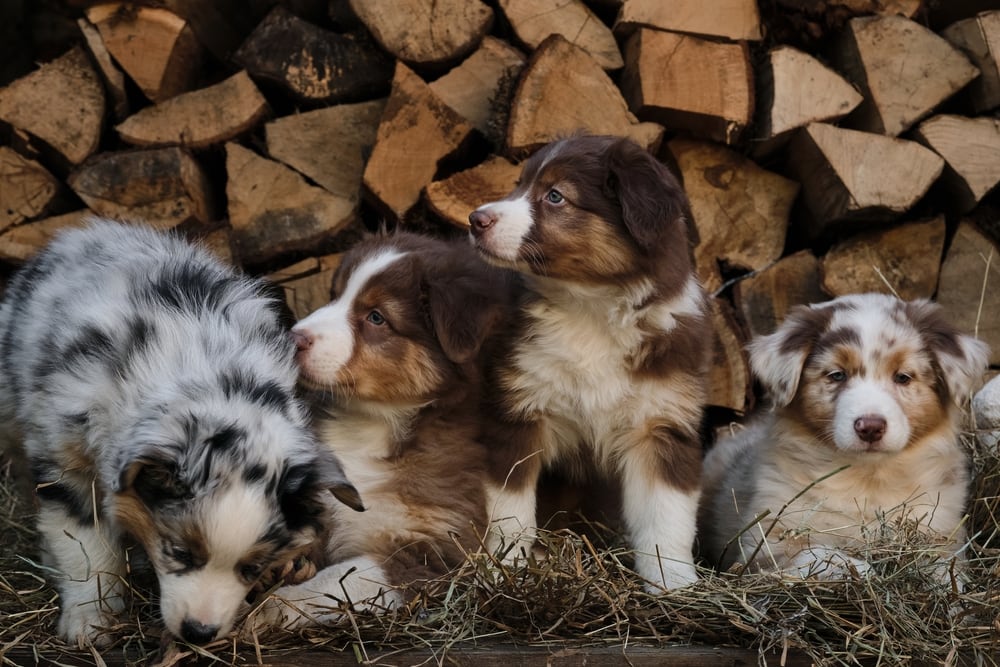

Australian Shepherd Colors
Aussies have four standard and accepted colors by the American Kennel Club (AKC). Within each of these four accepted colors, there are a few variations.
- Black
- Blue merle
- Red
- Red merle
Black Australian Shepherds
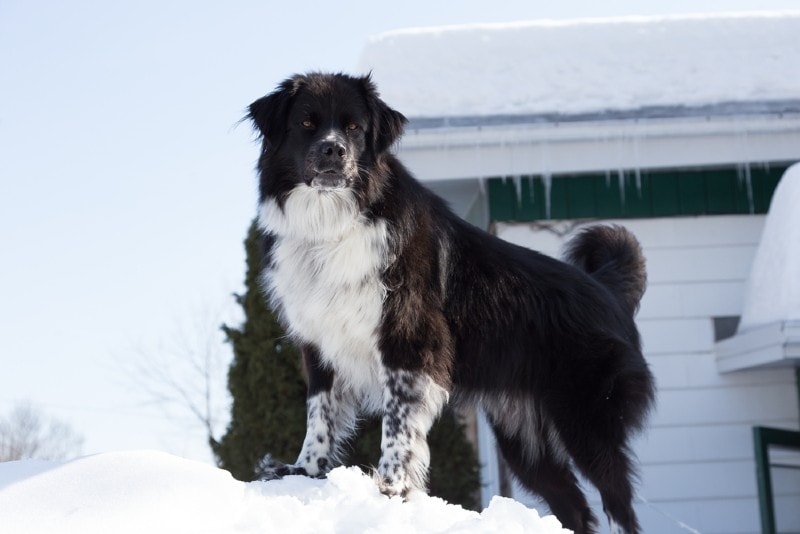
- Solid black
- Black tri-colored
- Black and white
- Black and tan
Blue Merle Australian Shepherds
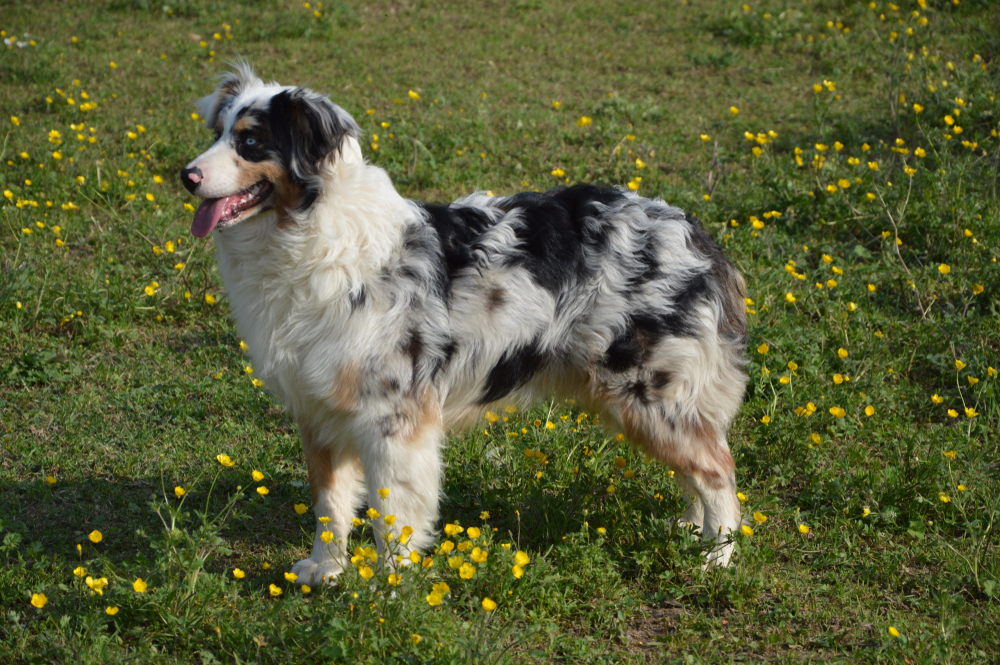
- Solid blue merle
- Blue merle tri-colored
- Blue merle and white
- Blue merle and tan
Red Australian Shepherds
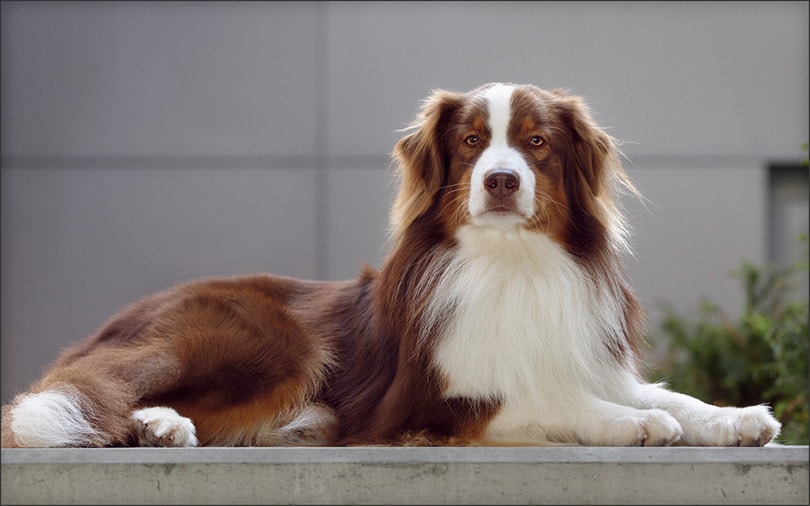
- Solid red
- Red tri-colored
- Red and white
Red Merle Australian Shepherds
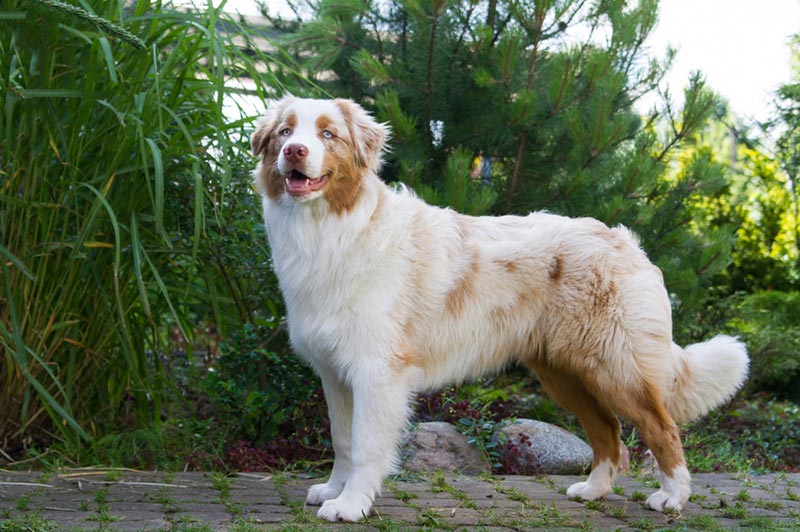
- Solid red merle
- Red merle tri-colored
- Red merle and white

Australian Shepherd Non-Standard Colors
Australian Shepherds are typically found in one of the standard colors or one of the variations. But there are a few Aussies that can be found in non-standard colors. These are:
- Dilute
- White (not typically all white, just an excess of white)
- Yellow
A dog that is predominantly white or has excessive white markings is commonly a double merle. Unfortunately, when an Aussie has white on or around their ears, there’s a higher chance that they will be deaf.
The dilute Australian Shepherd is exactly how it sounds. Whatever color they have is a diluted or paler version, so a black dog will be blue, and a red Aussie will be a liver color.
Yellow Australian Shepherds
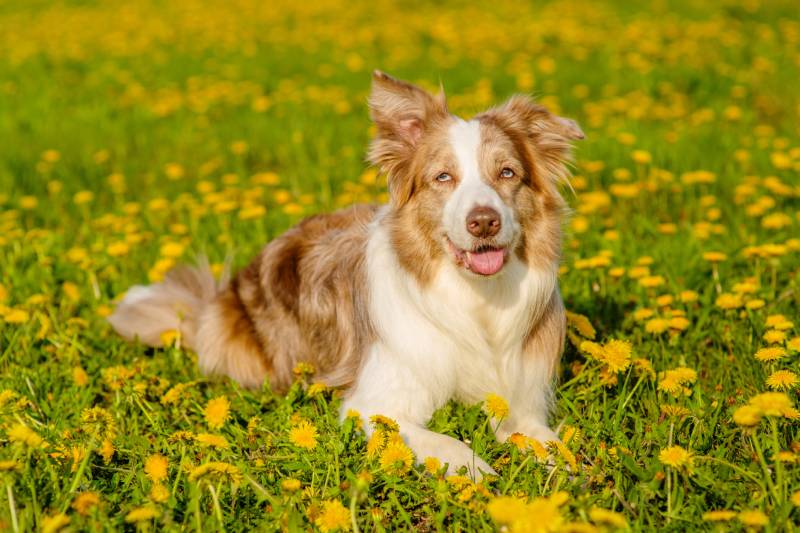
Yellow Australian Shepherds inherit their unique color from both parents. The yellow Australian Shepherd has a black nose, and since the AKC requires liver-pigmented noses on red dogs, yellow puppies come from parents that are either red or yellow with black noses. But the general rule is a yellow dog bred with a yellow dog will produce yellow puppies.
The yellow coloration can range from a light yellow, similar to a yellow Labrador, to a deep golden color, like the Golden Retriever. Some dogs might exhibit a rich russet or mahogany red, but these colors aren’t as common in the yellow family.
The gene that causes the yellow coloration is recessive, and both parents must carry the E-locus gene for this to occur. The E-locus gene is found in a dog’s DNA and controls whether the dog will only express yellow pigment or any of the other coat colors.
Some yellow Aussies can be mistaken for sable dogs. To tell the difference between them, sable hair tends to be slightly reddish with a black or dark blue tip. The yellow Aussie has a consistently yellow hair shaft.

Are There Any Health Issues With Yellow Australian Shepherds?
Unfortunately, there are sometimes health issues with unofficial colors. Breeding two dogs that both have merle coats usually creates vision and hearing problems in the litter.
The issue here is that the E-locus gene can sometimes obscure the merling in a dog’s coat. This means a dog could technically be a merle but will just look yellow. Using a yellow Aussie to breed with a merle dog might end up with two merle-coated dogs breeding, which leads to a bad outcome for the puppies.
Before there was genetic testing, breeders had the wrong impression that yellow Aussies could produce puppies that were deaf or blind. A truly yellow Aussie can be bred successfully with any colored dog, including a merle. The breeder just needs to run a genetic test on their yellow Aussie to ensure that they aren’t a merle-coated dog in hiding.
How Popular Is the Yellow Australian Shepherd?
Since yellow is a non-standard color and due to the myth that breeding yellow Aussies would produce defective dogs, they’ve never been the most popular coat color. But they are certainly beautiful dogs!
The most popular coat color in Aussies is blue merle. This is unsurprising considering how eye-catching these coats are! But the color of a dog’s coat shouldn’t matter. It’s about finding a dog with the right temperament that is the perfect fit for you and your family.
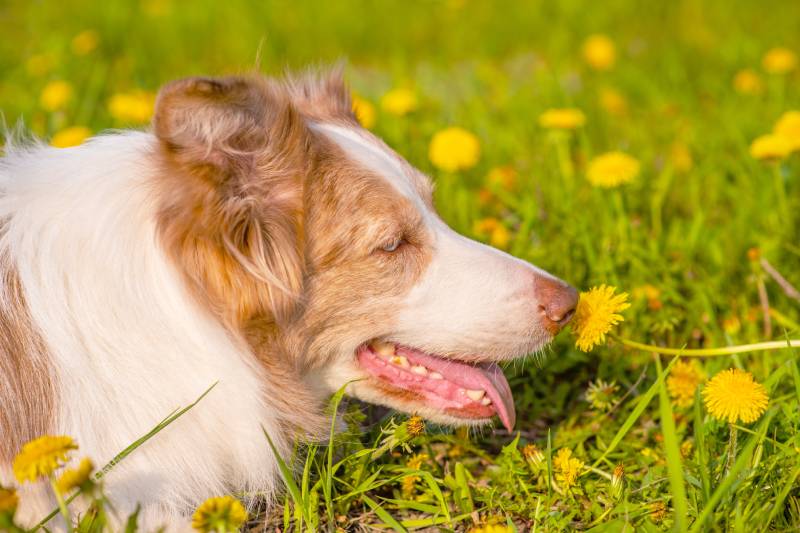
The Australian Shepherd Temperament
The temperament of any dog is one of the most essential parts of choosing a dog for your household. Dogs should never be selected just because they are cute or their coat color is appealing.
Australian Shepherds are athletic and energetic dogs that do best when given a job to do. They are hard-working and will become bored and destructive if left alone for too long or not kept physically and mentally active.
But they are also devoted, intelligent, and loving dogs that make excellent family pets. They are social, and most will greet everyone they meet with enthusiasm.
They do best with active owners who have experience with dogs. While they are eager to please, their intelligence also makes it easy for them to outwit beginners.

Conclusion
Yellow Aussies do exist and are just as healthy as any other color, as long as their parents are both true yellows.
Ensure that you find a responsible breeder if you decide that you want to bring one of these dogs home. Remember, though, the color isn’t nearly as important as the dog’s health and temperament.
If you’re looking for a high-energy dog that enjoys romping during the day and cuddling in the evenings, the Australian Shepherd may be the right breed for you.
Featured Image Credit: Ermolaeva Olga 84, Shutterstock
